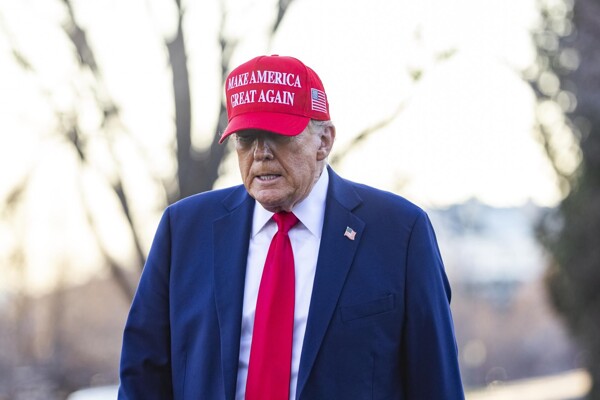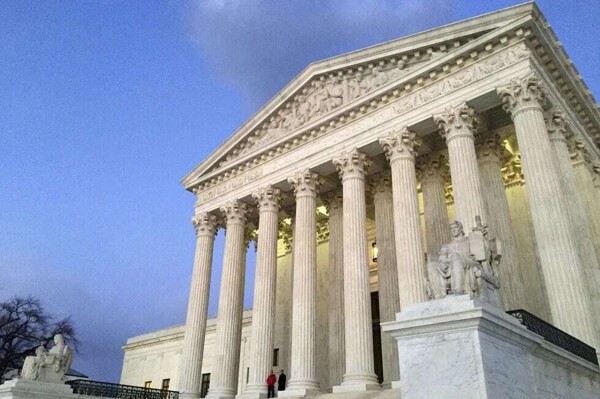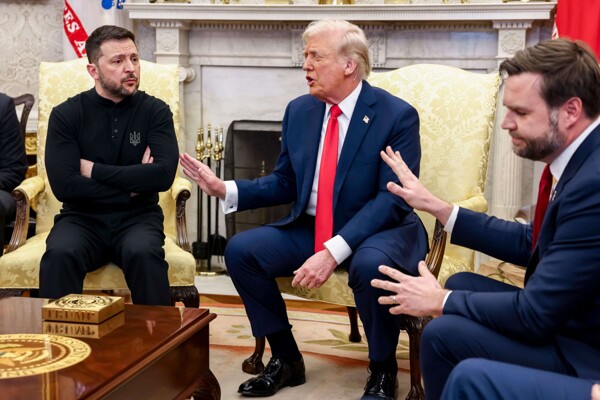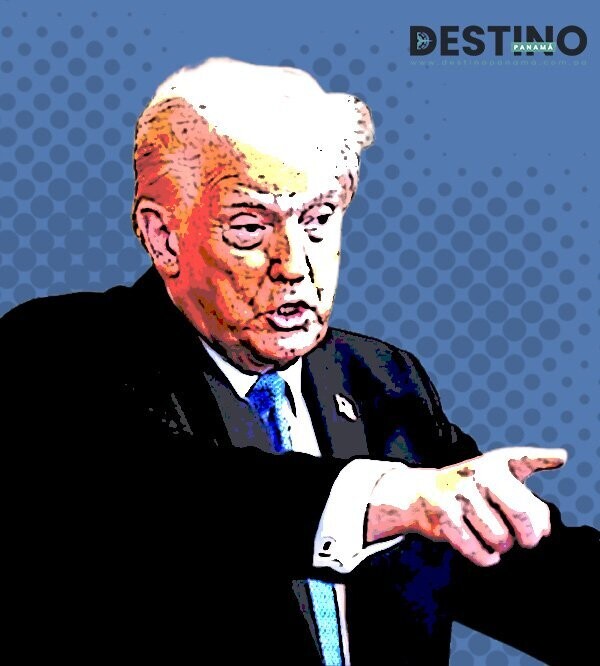
U.S. President Donald Trump announced that he will impose tariffs on imported agricultural products starting April 2, in his latest threat regarding trade barriers on goods sold in the United States by other countries. In a social media message, Trump urged U.S. farmers to increase agricultural production for local sale, without specifying which products would be affected.
In February, in light of the impending 25% tariffs imposed by the U.S. on Mexico, Mexico City Mayor Claudia Sheinbaum and Trump agreed to postpone the measure until March 4 for the Mexican government to take actions on border security. In this regard, Mexico deployed 10,000 National Guard members at the U.S. border to deter migration.
It is unclear whether Trump's plan to impose these tariffs is part of the idea of 'reciprocal' tariffs with most of the U.S. trading partners, following the 25% taxes on steel and aluminum, and threatening to impose them on other sectors such as automobiles, pharmaceuticals, and semiconductors.
In an uncertain economic climate in the U.S. with concerns about persistent inflation, Trump insists on using tariffs to protect the domestic industry and stimulate manufacturing. His threat particularly affects Mexico, Canada, and China, countries with which the U.S. maintains significant trade exchanges.
The Mexican government is seeking to reach an agreement with the U.S. regarding tariffs. Economy Secretary Marcelo Ebrard has had meetings with Howard Lutnick, Trump's advisor on the tariff issue. Additionally, the fight against drug trafficking has intensified, partly as a measure to counteract the pressure from Trump's tariff actions.
Despite Trump's and his officials' defense of using tariffs as a tool to protect U.S. agricultural interests, several economists warn that these taxes could raise prices by passing the cost onto consumers, a highly concerning scenario in a context of inflation and economic difficulties.














